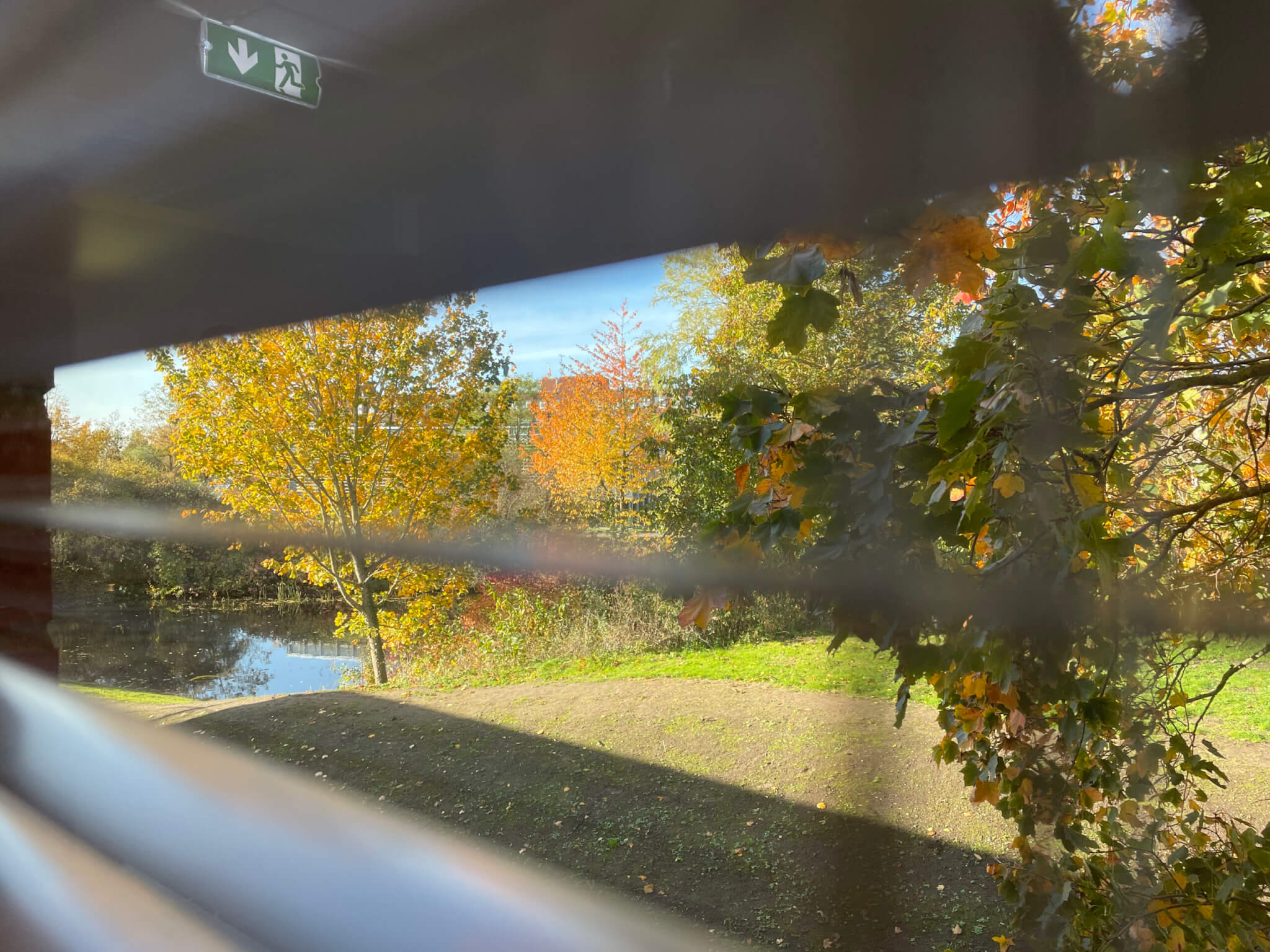
Structuring local, inquiry-based field work (Praskievicz, 2022)
I am catching up on my reading for the iEarth Journal Club! This month is very much in line with what my recent thinking on place-based learning, active lunch breaks to connect disciplinary content to everyday experience and also to reconnect with the fun of it, and our forthcoming vignette in a Teaching Fieldwork book, in which Kjersti, Hans-Christian and I suggest an (even more) structured method to do fieldwork (blog post with more details here).
Praskievicz (2022) present an inquiry-based, modular, semester-long approach to fieldwork which they designed to avoid common problems with fieldwork: typically it is expensive (often for both the students in terms of appropriate clothing, transportation, time, etc as well as the institution if they cover costs for students and adequately compensate the teacher for their overtime), can very much backfire in terms of inclusion (both because it might not be accessible due to physical limitations, caring responsibilitues, or any number of reasons; because people might not feel welcome or comfortable, or even be put in dangerous and harmful situations through risks in the field or inappropriate behaviour of others). So their approach is to do it locally, which also means that measurement campaigns can run over longer periods of time, which then opens up possibilities of monitoring a variable and changing system (through repeat visits of students or of different groups coming at different times, or both), which one-off visits to exciting sites do not permit. Repeat visits also allows for actual engagement with local stakeholders rather than just “visits”.
In Praskievicz (2022), the fieldwork was scheduled to accomodate students’ other responsibilities, which meant it happened outside of normal class hours (which is both great and — not, depending on personal preference, I guess). Students met up at fieldsite and I really appreciate the comment that the total risk of travel is not reduced, just transferred from university to students. Students worked in small groups but due to following standardised protocols get the same experience, and data could be compiled into a more complete dataset. In the end, students produce chapters of a final report in small groups which then, in combination, answer a larger question.
In parallel to the fieldwork, students worked weekly on pre-existing data sets, which is a nice touch to practice skills and maybe create code etc before working on the “real” data.
Based on the experience, Praskievicz (2022) has the following recommendations:
- connect fieldwork to real-life relevant questions in collaboration with local stakeholders
- choose the field site so that it is accessible both for students with limited mobility but also with minimal travel time and costs involved
- split large groups into smaller groups that work at different times or in different places
- let students work together to analyse the data
- integrate the fieldwork with the course by using the new data whenever possible
And those sound like very useful guidelines to keep in mind!
P.S.: Featured image: To honour the subject of the fieldwork in the article, I wanted to have a featured image of a stream. Then I remembered that they have put a lot of effort into landscaping the area outside of my workplace to create some kind of overflow from one reservoir into another, and this was the best picture I could take of it without leaving the room. But now I am inspired and will wander the area later and check it out for real. Maybe a site for future field courses?
Praskievicz, S. (2022). Field-based local stream research in undergraduate classes: an inquiry-based approach. Journal of Geography in Higher Education, 47(4), 677–684. https://doi.org/10.1080/03098265.2022.2065667